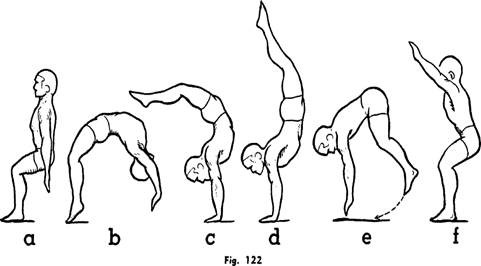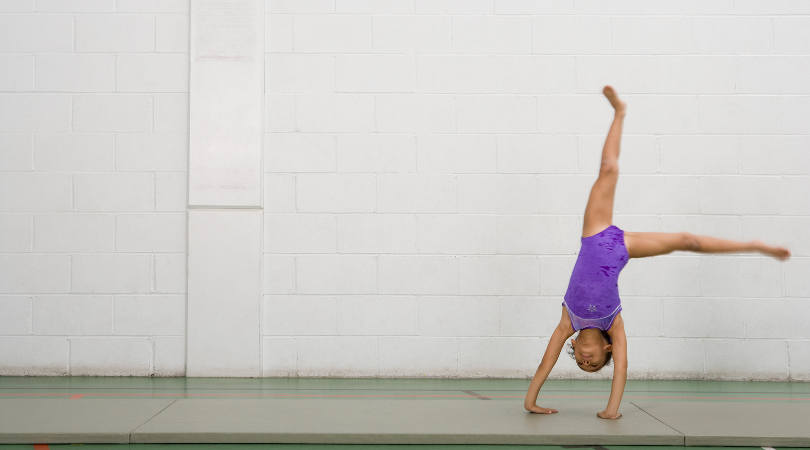I will tell you first that there might be some contradiction to what I look for in great back handsprings versus what some other professionals look for due to our own philosophies. I try to look at a couple of things overall. First: Is it safe for the athlete to do on any surface? Second: Will it hinder the athlete moving forward through more difficult skills?
The #1 pet peeve for me? Easy...the undercut back handspring. Now you "can" do back handsprings this way but you really should not. Here are two tremendous athletes performing undercut back handsprings for a reason but there are plenty of things that hurt my eyes while watching.
Impressive...but please don't show me these in the gym, court, field, or floor. I don't know if you noticed the amount of pressure every handspring put on these guys wrists, but it was a lot! That will catch up to them in a couple years. They both show quite a bit of stamina but remember they were trying to stay in the circle. Back handsprings are supposed to power you across the floor for other tricks.
Head Throwing
Probably my second pet peeve is the head leading the way! Now most of the time athletes throw their head without really knowing it. Good strong back handsprings should have the head in a neutral position and arms covering the ears. If you start your back handsprings by tilting your head back (or forward) then we need to work on your form.
As you can see in the figure above the athlete isn't leading with his head in figure B, but by C & D, it has become an issue. With the head throw, it also leads to a "closed shoulder". Since the figure above starts pulling down with his lats it will effect his ability to spring off his hands....going backwards.
Piking At the Waist
As you can see in the first drawing, the athlete goes from her stretch position to a pike position pulling her feet under her. Pike like this will mean that the lower back will have to extend super fast to get the chest up to then be ready to perform another trick. If that trick isn't another back handspring then the potential for height is compromised.

This is a much better illustration of what I am looking for in the end of a back handspring. With this ending, the athlete can choose to bend the knees in order to power into another back handspring or by keeping the legs tight, can bound upwards for a trick in the air, like a back tuck or back layout. Lastly, who doesn't love these stick figures?

Questions, Comments, Thoughts? Talk to me at the gym!
Coach Heath
Tumbling Director
Pinnacle Gymnastics
Read More:




